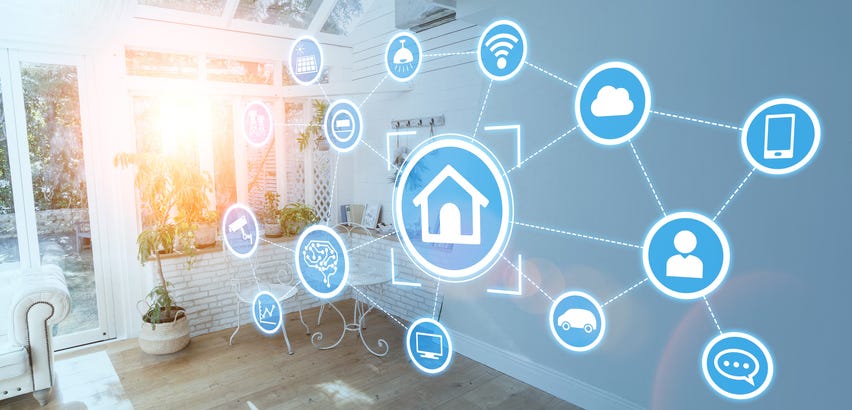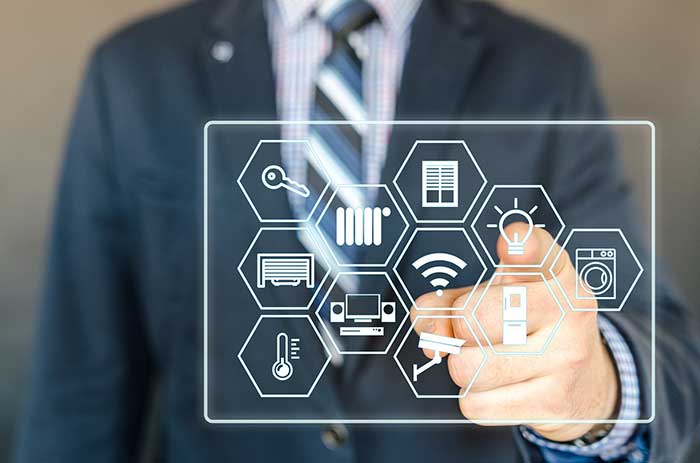
How to Integrate Renewable Energy into Smart Homes Efficiently
Share
Welcome to a new era where integrating renewable energy into your smart home is not just a possibility but a necessity. With technology advancing at an unprecedented pace, the concept of smart homes powered by renewable energy is gaining traction among tech professionals and enthusiasts alike. In this article, we will delve into how you can seamlessly incorporate renewable energy sources into your smart living spaces for improved efficiency and sustainability.

Understanding the Basics
Before diving into the integration process, it is crucial to grasp the fundamental concepts. Renewable energy refers to energy that is collected from renewable resources, which naturally replenish on a human timescale, such as sunlight, wind, rain, tides, and geothermal heat. On the other hand, a smart home is equipped with appliances connected via the internet, enabling remote monitoring and management of systems and devices such as lighting, heating, and home security.
The Benefits of Integration
Integrating renewable energy into smart homes offers numerous advantages. Not only does it reduce your carbon footprint, but it also promises substantial financial savings on energy bills in the long run. Moreover, it enhances the overall efficiency of energy usage within a household. Smart homes equipped with renewable energy solutions can intelligently regulate electricity consumption, optimally distribute power, and even sell excess energy back to the grid.
Cost Management and Financial Savings
One notable advantage is cost management. An article on financial management in smart homes highlights how leveraging smart technology can help manage and reduce household expenses effectively.
Choosing the Right Renewable Energy Source
The first step involves choosing the appropriate renewable energy source suitable for your smart home. Solar energy is among the most popular choices due to its availability and declining costs. An excellent resource to understand solar power integration is this guide on solar-powered home automation.
Exploring Other Sources
Aside from solar, consider other energy alternatives like wind turbines and geothermal systems, depending on your local geography and climate. Incorporating diverse energy sources can maximize energy efficiency and reliability.
Smart Home Automation and Energy Management Systems
Once you've chosen the energy source, the next step is to install smart home automation systems. These systems play a vital role in monitoring and managing energy consumption. Explore this overview of potential green home technologies that integrate seamlessly with smart home systems.
Smart Grids and Energy Optimization
Leverage smart grids to optimize energy distribution and minimize waste. With advancements like smart thermostats and lighting systems, your home can adapt to changing energy needs efficiently.
Challenges and Solutions
While the integration of renewable energy into smart homes is promising, it comes with its own set of challenges, including high initial costs and intricate installation processes. However, these can be mitigated by innovative eco-friendly products designed for easy installation and cost-effectiveness.
Technological Barriers
Further, tackling technological barriers such as compatibility issues and complex system management requires continuous improvement and development in smart home technology.
Getting Started Today
To commence your journey towards a more sustainable smart home, consider consulting professionals in the field. They can provide valuable insights and personalized solutions tailored to your unique needs. Additionally, stay informed through reputable sources like Happy Eco News to learn about the latest innovations in sustainable home technology.
Integrating Renewable Energy for a Better Tomorrow
In conclusion, integrating renewable energy into smart homes is not just an innovative trend but a crucial step towards a sustainable future. By harnessing the power of renewables and leveraging advanced smart home technologies, we can revolutionize how we live while taking care of our planet.

FAQ Section
1. What is the most cost-effective renewable energy source for homes?
Solar energy is often considered the most cost-effective due to decreasing installation costs and technological advancements.
2. Can I sell excess renewable energy back to the grid?
Yes, many regions allow homeowners to sell excess energy back to the grid, which can result in additional savings.
3. Are there incentives available for integrating renewable energy into homes?
Many governments offer incentives and rebates to encourage the adoption of renewable energy in residential settings. It's advisable to check with local authorities for available programs.
